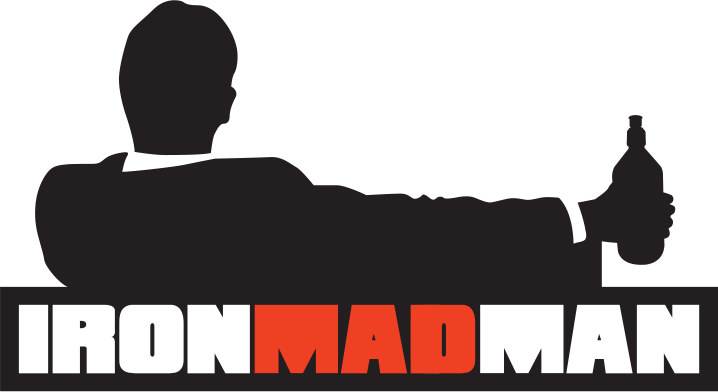Open to the Universe
/I’ve had three moments over the last 24 hours that have demonstrated the importance of being open to what the universe is sharing with you:
— A razor blade pierced my Jeep tire on the freeway and I almost clogged up the 405/5 freeway interchange this past Tuesday morning. This would have been bad bad news for LA commuters. I wound up at a tire shop near work and while I sat in the waiting room, a neon sign across the street beckoned to me: “Autobooks-Aerobooks.” A book shop dedicated to automotive and aviation stories. I could have been upset about the flat tire, or realize that maybe I was supposed to get the flat tire so I could walk to that bookstore and tell the owner about my dad’s new book, “Misfire.” Now, my dad and I have a new friend and a possible book signing in the coming weeks.
— This past summer, I took Audra to the beach. Just the two of us. With a huge pop tent that ultimately wouldn’t behave. A nice gentleman offered to help me pack up as he saw I was clearly losing the battle between childcare and beach-going. Turns out his son is a budding game developer, and might have a shot at an internship with my studio. The gentleman and I have become friends, and enjoyed a nice breakfast this morning. I could have been frustrated and embarrassed at the beach and not accepted help. Instead, I swallowed my pride, returned a kind gesture, and some unexpected things have happened for son, dad, and me.
— Today, I met a prospective Good Wolf athlete for lunch following a game studio meeting. Instead of focusing on triathlon, we got to know each other better. Within minutes, we realized our fathers were both patients at City of Hope, the prominent cancer treatment center. Regardless of whether we wind up partnering for the 2020 season, we established a far more meaningful connection. Our respective fathers are now in touch with each other to support the other. The universe wanted us to meet so our dads could connect, plain and simple.
There is no real triathlon lesson here. This is pure life.
If something negative happens in your world, try not to get too down about it. Maybe it’s all part of a bigger plan. Even if you can’t see what that is just yet.
